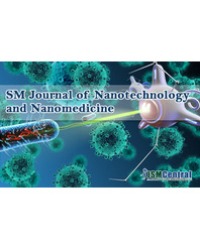
Combinatorial Efficacy of Silver Nanoparticles against Mosquito Larvae
Background: We have synthesized silver nanoparticles using fungi. The larvicidal efficacy was noted when performed against all instars of Cx. quinquefasciatus and An. stephensi at six different log concentrations after 24 h of exposures using the probit analysis.
Methods: The nanoparticles have been characterized through Micro-scan reader, X-ray diffractometer, transmission electron microscopy, and further confirmed by scanning electron microscopy. After characterization, these aqueous silver nanoparticles have been tested in 1:1 combinations (Chrysosporium tropicum Ag nanoparticles: Chrysosporium keratinophilum Ag nanoparticles, Chrysosporium tropicum Ag nanoparticles: Fusarium oxysporum Ag nanoparticles, Chrysosporium. tropicum Ag nanoparticles: Aspergillus niger Ag nanoparticles, Chrysosporium tropicum Ag nanoparticles: Verticillium lecanii Ag nanoparticles, Fusarium oxysporum Ag nanoparticles: Chrysosporium keratinophilum Ag nanoparticles, Fusarium oxysporum Ag nanoparticles: Aspergillus niger Ag nanoparticles, Fusarium oxysporum Ag nanoparticles: Verticillium lecanii Ag nanoparticles, Aspergillus niger Ag nanoparticles: Verticillium lecanii Ag nanoparticles, Aspergillus niger Ag nanoparticles: Chrysosporium keratinophilum Ag nanoparticles, and Verticillium lecanii Ag nanoparticles: Chrysosporium keratinophilum Ag nanoparticles, respectively). These combinations have also been tested as larvicides against the larvae of Culex quinquefasciatus and Anopheles stephensi.
Results: The all larval stages of Cx. quinquefasciatus were found more susceptible to the combinations than the An. stephensi.
Conclusion: The results suggest that this could be a useful tool for mosquito control.
Namita Soni* and Soam Prakash


